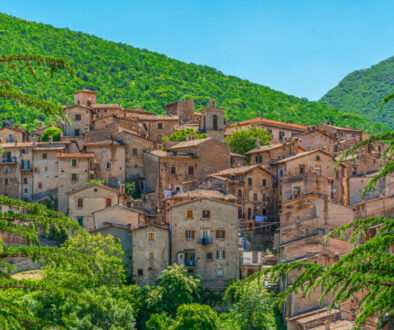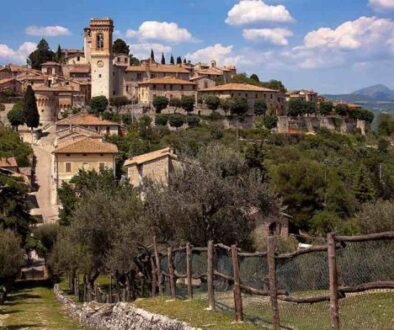Tour of Rome, an excursion to the eternal city
Called “Eternal City” is the capital of Italy, the capital of the Lazio region, of the homonymous province, seat of the government and the bishop’s seat of the Pope.
From Rome there are eight major routes of communication: the Aurelia, the Cassia, the Flaminia, the Salaria, the Tiburtina, the Appia, the Casilina and the Ostiense.
According to legend, the foundation of Rome was at the hands of Aeneas, who landed in Lazio on the banks of the Tiber River. The vestal Rhea Silvia gave birth to the divine twins Romulus and Remus, since their father was Mars, they were thrown into the Tiber but were dragged to the shore and suckled by a she-wolf. A pastor adopted them and informed them of their origin, so Romulus in 753 BC, founded Rome at the point where he was saved together with his brother.
The first hill to be occupied was the Palatine, but soon the city became the “city of seven hills“. The kings to follow were: Numa Pompilio, Tullo Ostilio, Anco Marzio, Tarquinio Prisco, Servio Tullio and Tarquinio the Superb. Later the Republic and the Roman State were established. In 390 a.C. Rome struggles with Latins, Samnites and Punics; once subdued, expansionist ambitions grew all over the world. After the fire of Nero, in 60 a. C. Pompeo, Cesare and Crasso made an agreement: “first Triumvirate”. After the Giulio-Claudia family in 68 BC, the Flavia dynasty followed until 96 BC .; the Colosseum and the Arch of Titus were built. The city was then invaded by the Goths, Vandals and Saracens; under Boniface VIII in 1300 the first great Jubilee took place and Rome started towards a new rebirth, but some events such as the “Avignonese captivity” brought back poverty. In 1527 the army of Charles V set fire to the city: the well-known Sacco di Roma.
Afterwards, many events took place which saw the French, the Austrians and Pope Pius IX as protagonists, until October 2, 1870, the city declared its annexation to Italy and in June 1871 Rome became Capital.
In Rome there is a strong industrial reality consisting of medium and medium-small companies; the construction, publishing and electricity sectors; the city is among the largest agricultural municipalities in Europe. As for services, we can say that with the opening of the telecommunications market, there has been a considerable development of companies related to the sector. The tertiary sector, which is particularly flourishing in terms of tourism, is the prevailing economic activity.
Being Rome Capital and a particularly multi-ethnic center, you can find any type of cuisine you want. Typical vegetables are puntarelle and broccoli; the most appreciated fish are anchovies and cod; the most famous cheeses are pecorino and ricotta romana. Among the typical dishes of the Roman culinary tradition there are: lamb, coratella, rigatoni with pajata, tripe, artichokes alla romana or giudia, carbonara, amatriciana and the coda alla vaccinara. As for meat, Rome is famous for using everything that is edible of entrails: tripe, heart, liver, spleen, tongue and brain. Typical desserts are: castagnole, frappe and maritozzi.
Rome is always full of events, every night there are always appointments scattered in the many districts; in short, there is only the embarrassment of choice. Despite this we indicate some events such as: the Film Festival, the many events of the Roman summer, the Concertone of May 1, the Expo Tiber, Festa de Noantri, Rome Europa Festival, the Notte Bianca and many theatrical and cultural events. Sporting events such as the Rome Marathon, Serie A and the BNL International of Italy are also highly anticipated.










